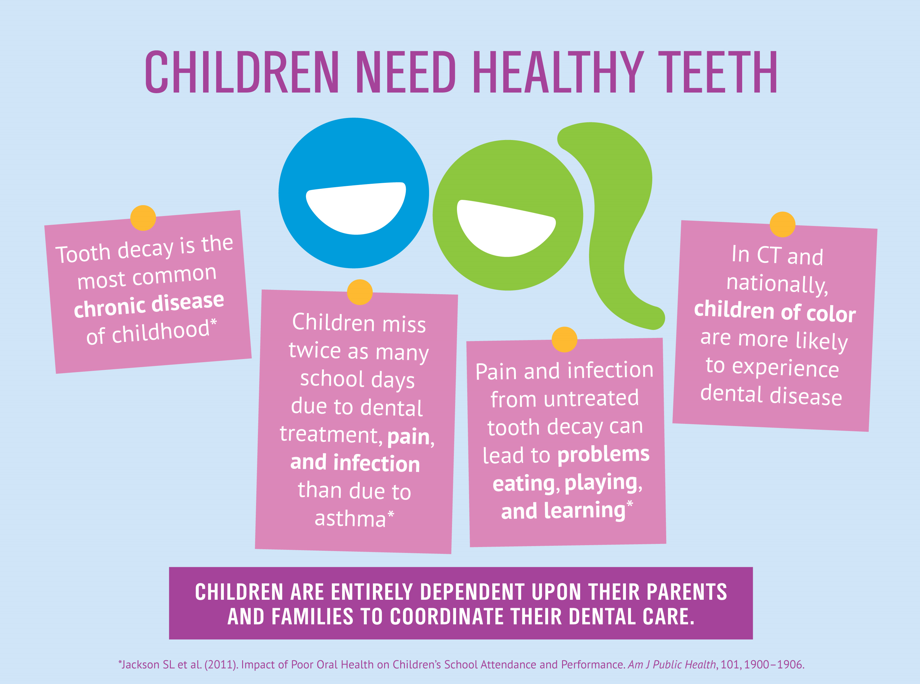Explore The Innovative Developments That Are Transforming Dental Surgery. Discover What The Future Holds For This Field And Keep On Your Own Notified. Click Currently For An Unique Sight Of Upcoming Advancements
Explore The Innovative Developments That Are Transforming Dental Surgery. Discover What The Future Holds For This Field And Keep On Your Own Notified. Click Currently For An Unique Sight Of Upcoming Advancements
Blog Article
Personnel Author-Reeves Jefferson
Invite to the globe of dental surgery, where advancements and developments are forming the future of the field! In this amazing realm, you'll witness the transformative power of robotics, the sophisticated marvel of 3D printing, and the game-changing influence of minimally invasive methods.
https://www.silive.com/charista/2018/06/twelve_tips_for_invisalign_use.html of dental surgery holds a promise of precision, performance, and enhanced patient end results. With the help of innovative robotics, specialists are able to execute complicated procedures with greater precision and control.
3D printing innovation is revolutionizing the creation of dental implants and prosthetics, using tailored options that fit flawlessly right into each individual's unique anatomy.
Additionally, minimally intrusive strategies are minimizing post-operative discomfort and recuperation time, allowing patients to return to their day-to-days live faster.
Get ready to discover the interesting technologies and advancements that are improving the landscape of oral surgery!
Improvements in Robotics
One major innovation in dental surgery is using robotic innovation, which allows for accurate and reliable surgeries. With the help of robotic systems, dental doctors have the capacity to perform complicated surgeries with improved accuracy, decreasing the risk of human error.
These robotic systems are geared up with sophisticated imaging innovation and precise tools that enable surgeons to navigate through complex physiological frameworks effortlessly. By making use of robotic modern technology, cosmetic surgeons can attain better medical accuracy, leading to boosted client outcomes and faster healing times.
On top of that, the use of robotics in dental surgery enables minimally invasive procedures, reducing the trauma to bordering cells and advertising faster healing.
3D Printing in Oral Surgery
To improve the area of dental surgery, you can check out the subtopic of 3D printing in oral surgery. This innovative modern technology has the potential to change the way oral surgeons operate and treat individuals. Here are 4 crucial methods which 3D printing is forming the area:
- ** Custom-made Surgical Guides **: 3D printing allows for the production of highly accurate and patient-specific surgical overviews, boosting the precision and effectiveness of procedures.
- ** Implant Prosthetics **: With 3D printing, dental surgeons can produce personalized implant prosthetics that perfectly fit a patient's unique composition, leading to better end results and individual fulfillment.
- ** Bone Grafting **: 3D printing makes it possible for the production of patient-specific bone grafts, minimizing the need for standard implanting strategies and boosting recovery and recuperation time.
- ** Education and Educating **: 3D printing can be used to produce reasonable surgical versions for academic objectives, allowing dental doctors to practice intricate treatments prior to performing them on clients.
With its prospective to improve precision, modification, and training, 3D printing is an amazing development in the field of oral surgery.
Minimally Intrusive Strategies
To further advance the field of dental surgery, welcome the possibility of minimally intrusive methods that can substantially profit both doctors and individuals alike.
Minimally invasive techniques are revolutionizing the field by lowering surgical trauma, reducing post-operative discomfort, and increasing the recuperation procedure. These methods involve utilizing smaller sized lacerations and specialized instruments to do procedures with accuracy and effectiveness.
By making use of advanced imaging technology, such as cone beam of light calculated tomography (CBCT), surgeons can precisely intend and perform surgeries with minimal invasiveness.
Additionally, the use of lasers in dental surgery permits specific cells cutting and coagulation, causing minimized bleeding and decreased recovery time.
With minimally intrusive strategies, individuals can experience much faster recovery, decreased scarring, and enhanced end results, making it an important element of the future of oral surgery.
Verdict
So, as you can see, the future of dental surgery is extremely encouraging, with amazing innovations and developments shaping the area.
From the improvements in robotics to making use of 3D printing and minimally intrusive methods, oral doctors are revolutionizing the means they provide care.
While invisible braces dental may stress over the potential expense connected with these developments, it is very important to remember that these innovations eventually improve client outcomes and decrease recovery time, making them well worth the investment in the long run.
